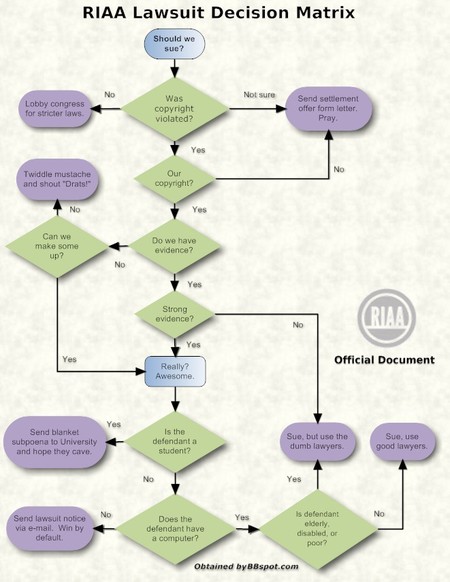In part 1 of this series, we tackled the problem of keeping Word from automatically formatting our numbered paragraphs. In this installment, we create a style that we can build from to create numbered paragraphs.
Step one of using styles is to have them accessible. If you know how to modify your toolbar, do so to include style on your active toolbar. If you are not sure how to modify your toolbar, just enable the Formating toolbar. It has the style selection on it.
You enable the Formatting toolbar by right clicking on your toolbar and choosing formatting. The style section is the drop down box that currently reads “Normal.”
By default, Word documents format paragraphs using the Normal style. This really does not work for most legal writing. Thus, I create a style I use for my documents that reflects the characteristics that I like. This includes formatting options such as full justification and double spacing.
You can modify the Normal style if you wish to do so. I do not recommend it however. Most of the other built-in styles are based upon it.
Before we create our numbered paragraph style, let’s first create our normal style.
- Select Format > Styles and Formating. The Styles and Formatting bar will appear to your right.
- Select New Style.
- Give your style a name. I call my normal style Normal Paragraph. You can call yours whatever you like.
- For style type. Leave it on paragraph.
- Style based on. Leave this on normal.
- Style for following paragraph. For this, select the name of the style that you are creating now. This means that when you hit enter, the new paragraph will be formatted just like the paragraph you just typed.
- In the next section you can change your font, its size, its color, etc. You can change this if you wish.
- Below the font name, are the choices for justification. Choose either left justification (first choice) or full justification (fourth choice) according to your preference.
- Next (below the font size) is your choice for single space, one and a half space, or double space. I choose double space here.
- The remaining choices deal with space between paragraphs and full paragraph indenting. Neither are something we want to deal with now.
- Near the bottom, select Add to Template. It is very important that you check this box. If you do not, this style appears only in the document you are working in. If you select this box, the style appears in the template of the document you are working it (usually Normal.dot). This means it will be available to you every time that you create a new document.
- Click OK.
You now have a style named Normal Paragraph. To apply this style, simply click anywhere within a paragraph and select the style name. That paragraph will automatically be formatted as you set forth.
Tomorrow in part 3 of this series, we will use the Normal Paragraph to create a numbered paragraph for our pleadings.
 If you are one of those people who is frustrated when a PDF document opens in your browser when you want it to open in a separate window? Alternatively, maybe you want a choice as to whether a particular PDF opens in your browser or in a separate window.
If you are one of those people who is frustrated when a PDF document opens in your browser when you want it to open in a separate window? Alternatively, maybe you want a choice as to whether a particular PDF opens in your browser or in a separate window. Adobe Acrobat to act the way that you want it to act. Rick also points us in the direction of another cool extension (PDF Download) for Firefox that gives you greater control over how you handle PDFs from the internet.
Adobe Acrobat to act the way that you want it to act. Rick also points us in the direction of another cool extension (PDF Download) for Firefox that gives you greater control over how you handle PDFs from the internet.

